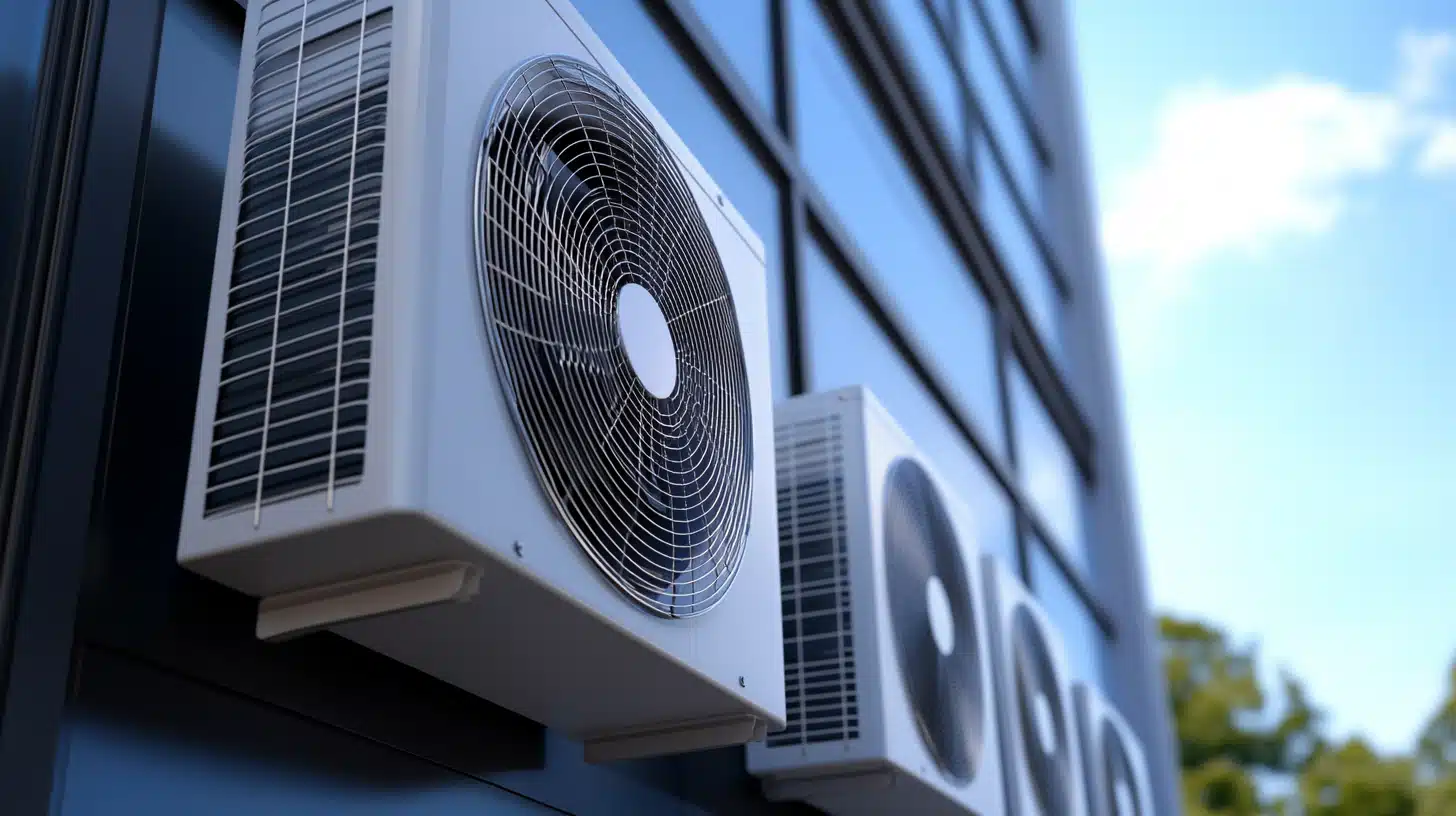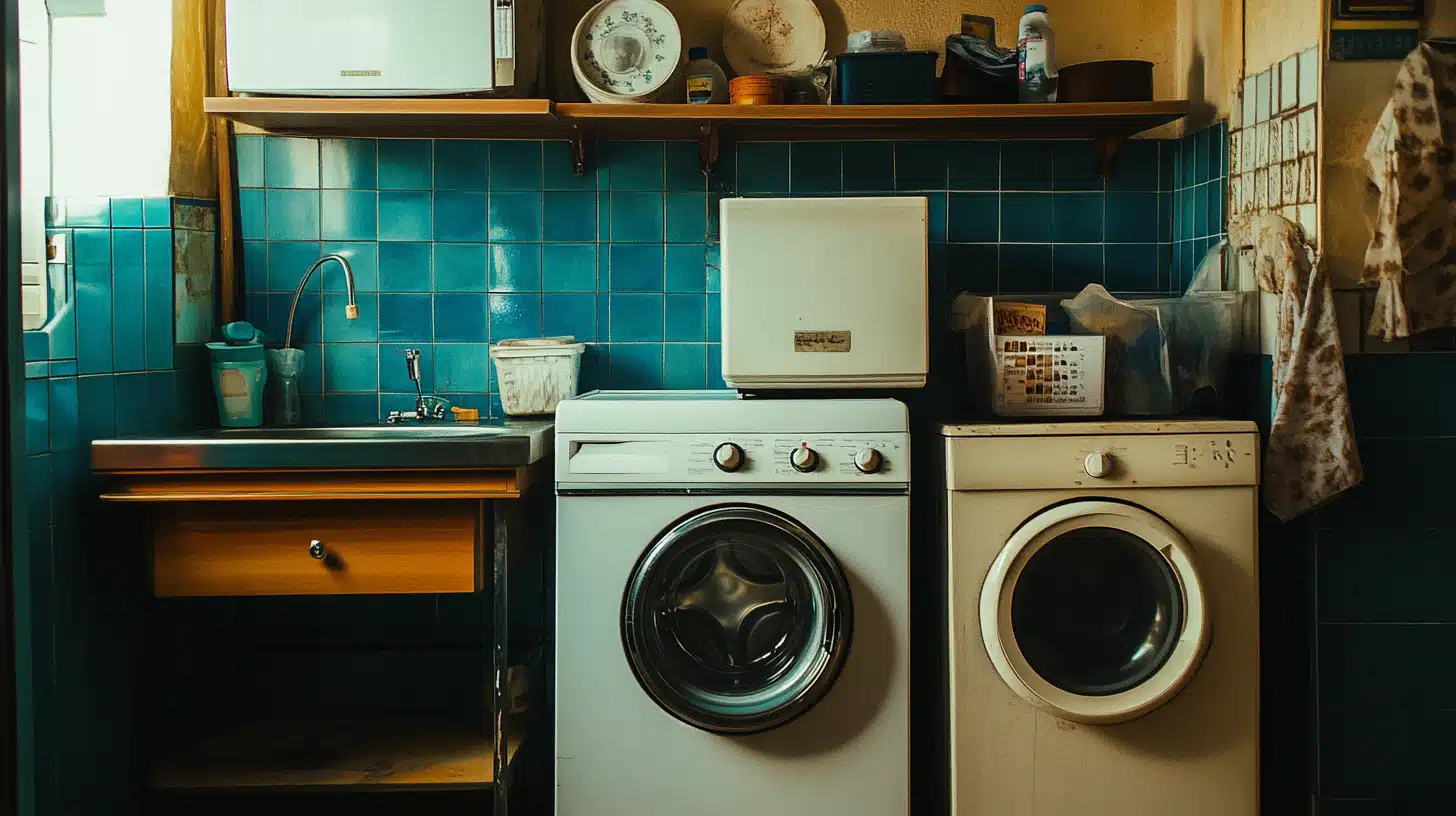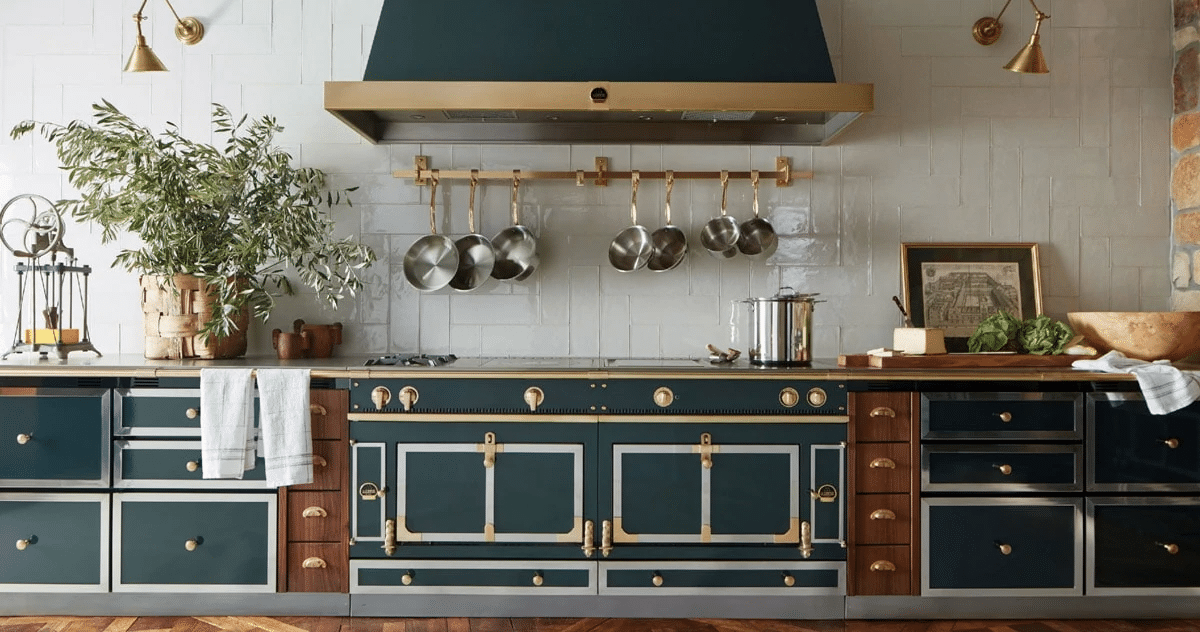The Difference in AC Services for In-Wall Units Versus In-Window Units
When it comes to cooling your home, the choice between in-wall and in-window air conditioning units can significantly impact both the efficiency and the comfort of your living space. Understanding the differences in services and maintenance for these two types of units is crucial for making an informed decision.
Each type of unit has its own set of advantages and disadvantages, and the specific needs for installation, maintenance, and repairs can vary considerably.
Installation Requirements
The installation process for in-wall and in-window air conditioning units is one of the primary differences between the two. In-wall units require a more permanent and involved installation process.
This typically involves cutting a hole in an exterior wall of your home, fitting the unit into this space, and sealing it properly to ensure there are no gaps that could let in air or moisture.
This process often requires professional assistance to ensure that the unit is installed correctly and safely, particularly because it involves modifying the structure of your home.
In contrast, in-window units are generally much easier to install.
These units are designed to fit into the frame of an existing window, and the installation process usually does not require any permanent modifications to your home.
Most homeowners can install an in-window unit themselves, although it is still important to follow the manufacturer’s instructions carefully to ensure the unit is securely and properly fitted.
While professional installation is less commonly required for in-window units, it can still be beneficial to ensure optimal performance and safety.
Energy Efficiency and Performance
Another key difference between in-wall and in-window air conditioning units is their energy efficiency and overall performance. In-wall units are often considered more efficient because they create a tighter seal with the exterior of the home.
This tight seal helps to prevent cool air from escaping and warm air from entering, making the unit more effective at maintaining a consistent indoor temperature. Additionally, because in-wall units are typically more permanent, they tend to be built with higher quality materials and may offer more advanced features.
In-window units, on the other hand, can sometimes be less efficient due to the potential for gaps around the edges where the unit meets the window frame. These gaps can allow warm air to enter and cool air to escape, which can reduce the overall efficiency of the unit.
However, modern in-window units have become much more efficient in recent years, with many models featuring improved seals and energy-saving technologies. The performance of an in-window unit can be further optimized by ensuring it is installed correctly and that any gaps around the unit are sealed properly.
Maintenance and Repairs
Maintenance and repair needs can also differ between in-wall and in-window air conditioning units. In-wall units generally require more specialized maintenance and repair services due to their more permanent and integrated installation.
Accessing the components of an in-wall unit for maintenance or repairs can be more challenging, often requiring the expertise of a professional HVAC technician.
Regular maintenance for in-wall units typically includes checking and cleaning the filters, inspecting the seals and insulation, and ensuring that the drainage system is functioning properly.
In-window units, being more accessible and portable, are often easier to maintain and repair. Homeowners can typically handle basic maintenance tasks themselves, such as cleaning or replacing the filters and checking the seals around the unit.
However, for more complex repairs or issues, it is still advisable to consult with a professional to ensure the unit is serviced correctly and safely.
The ease of access and simpler installation of in-window units can make them a more convenient option for those who prefer to handle maintenance themselves.
Cost Considerations
The cost of AC services is an important factor to consider when choosing between in-wall and in-window models. In-wall units tend to have a higher initial cost due to the more involved installation process and the need for professional assistance.
The materials and construction of in-wall units also contribute to their higher price, as they are typically built to be more durable and efficient. However, the long-term energy savings from the increased efficiency of in-wall units can help to offset the initial investment over time.
In-window units, by contrast, are generally more affordable to purchase and install. Their lower initial cost makes them an attractive option for homeowners on a budget or those who need a temporary cooling solution.
While the energy efficiency of in-window units may not be as high as in-wall units, advancements in technology have made them more competitive in terms of performance and efficiency. The overall cost of maintaining in-window units is also typically lower, as they require less specialized service and are easier to access for repairs.
Aesthetics and Home Value
Aesthetics and the impact on home value are additional considerations when choosing between in-wall and in-window air conditioning units. In-wall units are often preferred for their more discreet and integrated appearance. Because they are installed flush with the wall, they do not obstruct views or take up window space. This can be particularly important in rooms where natural light and outdoor views are valued.
Additionally, the more permanent installation of in-wall units can add to the overall value of your home, as they are seen as a long-term investment in the property. In-window units, while functional, are often seen as less aesthetically pleasing due to their visible presence in the window.
They can obstruct views and reduce the amount of natural light entering a room. However, for renters or those looking for a temporary cooling solution, the convenience and lower cost of in-window units can outweigh these aesthetic considerations.
Modern in-window units are also designed to be more compact and visually appealing, helping to mitigate some of these concerns.
Environmental Impact
The environmental impact of air conditioning units is an increasingly important consideration for many homeowners. Both in-wall and in-window units can have varying levels of energy efficiency, which affects their overall environmental footprint.
In-wall units, with their higher efficiency and better insulation, tend to be more environmentally friendly due to their reduced energy consumption.
The higher initial cost can be justified by the long-term savings in energy usage and the reduction in greenhouse gas emissions. In-window units, while generally less efficient, have also made significant strides in improving their environmental impact.
Many modern in-window units are designed with energy-saving features, such as programmable thermostats, energy-efficient compressors, and better insulation. Choosing an Energy Star-rated in-window unit can help to minimize its environmental impact while still providing effective cooling.
Making the Right Choice
Choosing between an in-wall and in-window air conditioning unit ultimately depends on your specific needs, budget, and preferences. In-wall units offer higher efficiency, a more integrated appearance, and potential long-term savings but come with a higher initial cost and the need for professional installation.
In-window units provide a more affordable and flexible cooling solution with easier installation and maintenance but may have lower efficiency and a more noticeable presence.
By carefully considering the installation requirements, energy efficiency, maintenance needs, cost, aesthetics, and environmental impact, you can make an informed decision that best suits your home and lifestyle.
Whether you opt for the permanence and efficiency of an in-wall unit or the convenience and affordability of an in-window unit, both options can provide reliable and effective cooling to keep your home comfortable throughout the summer months.







